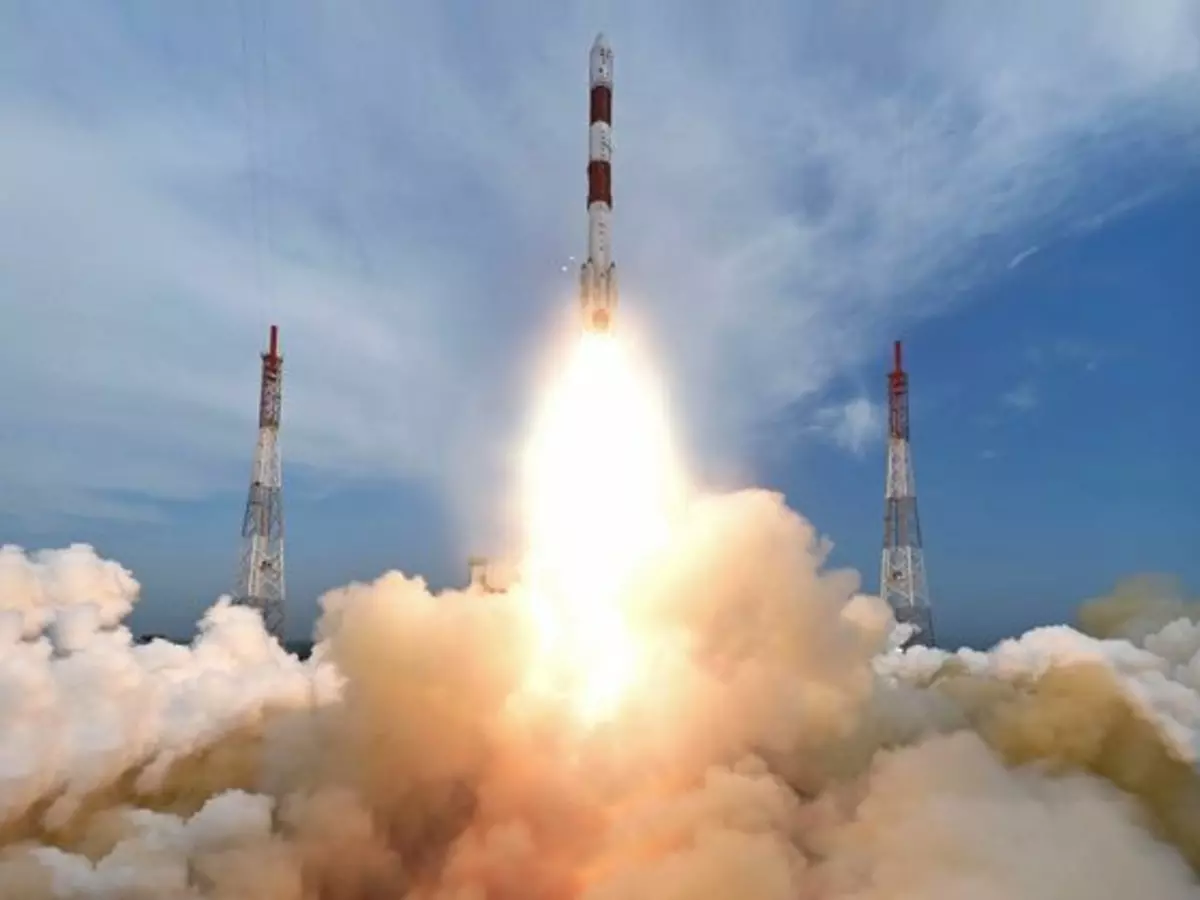ISRO's Chandrayaan 2 Will Land A Rover On Moon In October, Dig Out Helium 3 For No-Waste Energy
This week, ISRO announced its Chandrayaan-2 mission, which will have the space agency send a rover to the south-side of the moon later this year. It will be India¡¯s second lunar mission.

This week, the Indian Space Research Organization (ISRO) announced its Chandrayaan-2 mission, which will have the space agency send a rover to the south-side of the moon later this year. It will be India¡¯s second lunar mission and the first time any country has visited that region of the lunar surface.

For its part, ISRO¡¯s six-wheeled rover will study the land crust for traces of water and helium-3, an isotope that it wants to use to develop fusion energy on Earth. Of course, the technology is years away, but India wants to be at the centre of production when it does arrive.
¡°The countries which have the capacity to bring that source from the moon to Earth will dictate the process,¡¯¡¯ Kailasavadivoo Sivan, ISRO¡¯s chairman, told Bloomberg. ¡°I don¡¯t want to be just a part of them, I want to lead them.¡¯¡¯
Nuclear fusion is what we see powering the sun, where hydrogen atoms collide and output vast amounts of energy. If we can begin replicating it artificially, it would be an almost limitless energy resource. The problem is the entire process is devilishly complex.
Today, fusion reactors use a combination of two hydrogen isotopes called deuterium and tritium, that¡¯s fired with a an intense burst of concentrated energy to kickstart. Unfortunately, we¡¯ve not yet been able to ever extract enough power from this reaction to even offset the amount that has to be used as the ignition in the first place.
The reason for this is that, with deuterium and tritium fusion, high energy neutrons are the energy output. The problem is they tend to react with the walls of reactors instead of the protons in the mix, which would have continued the chain reaction. In addition, because they aren¡¯t charged particles, it¡¯s hard to contain them using electric or magnetic fields.

If the tritium is instead replaced with helium-3 however, protons are produced instead of neutrons. These being positively charged particles can be manipulated and contained, thus netting more energy output in the process. Basically, helium-3 makes these fusion reactors non-radioactive (because there¡¯s no radioactive tritium) and also more efficient.
The main problem here is that, despite promising test runs, helium-3 is incredibly rare on Earth. However, one thing NASA managed to discover during its Apollo missions in the 1960s and 70s is that there¡¯s plenty of the stuff in the lunar crust, thanks to the lack of atmosphere. In fact, scientists estimate the amount of power we could harvest from the helium-3 on the Moon would be 10 times as much as in all the fossil fuels on Earth.
Of course, ISRO isn¡¯t alone in pursuing this idea. At least one private space company in the US has received permission from the government to go to the moon and begin helium-3 mining, and even China has a similar plan in the works. India will soon be a contender in what may turn out to be the next Gold Rush, except in space.
